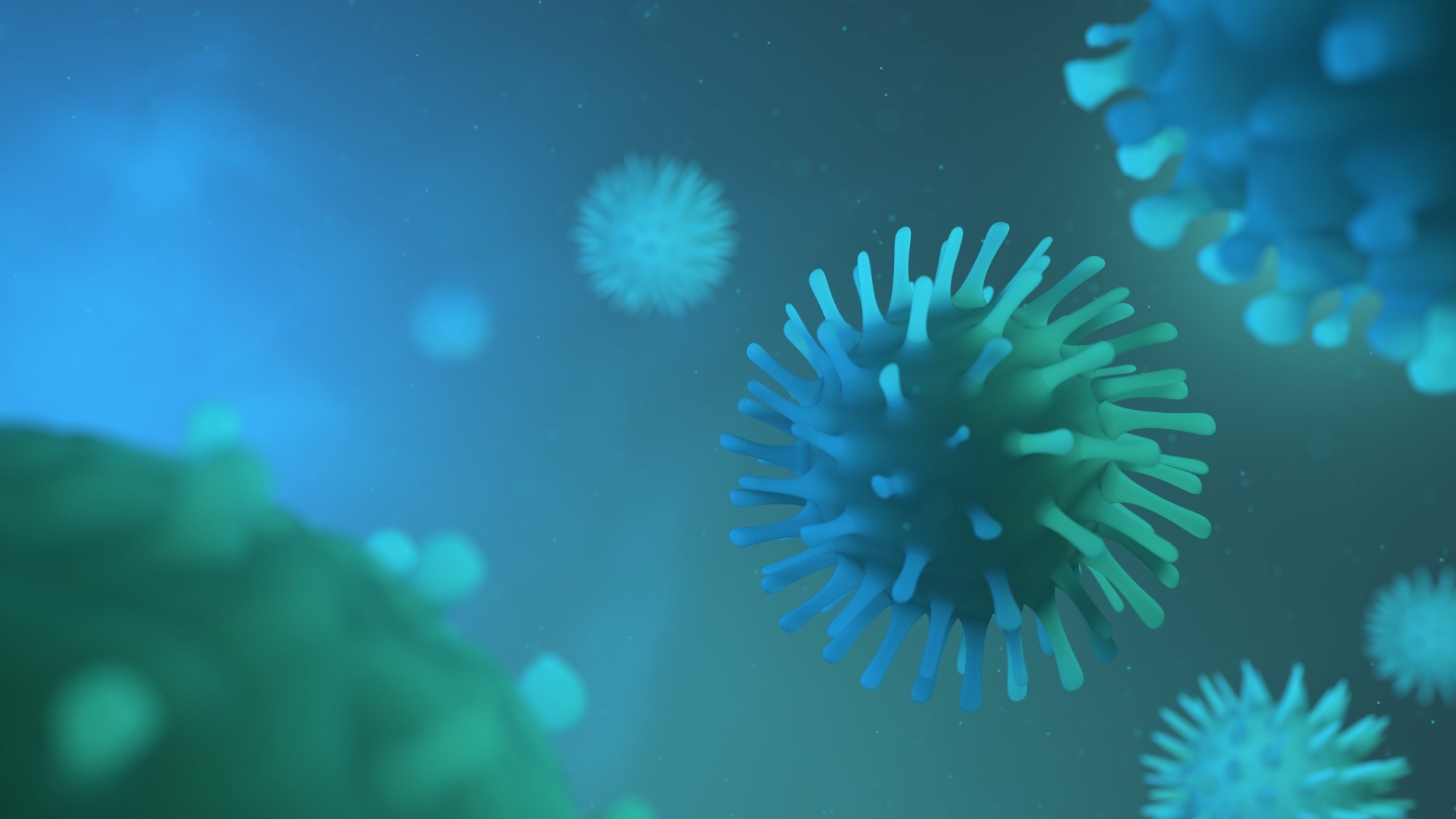Exploring the biomarker profiles in severe COVID-19

In a recent study published in the Frontiers in Medicine journal, researchers estimated the D-dimer levels and characterized lymphocyte subsets and cytokine profiles in severe coronavirus disease 2019 (COVID-19) patients.

Patients experiencing severe COVID-19 should be prioritized concerning treatment by employing early and timely intervention, with an early diagnosis being the most effective strategy. Therefore, thorough monitoring of the COVID-19 severity and efficient early intervention are essential steps in lowering the associated death rate. In certain investigations, patients with COVID-19 were shown to have several aberrant hematological parameters, such as lymphopenia, neutrophilia, increased D-dimer levels, and fibrinogen. However, the clinical relevance of these biomarkers has not yet been fully clarified.
About the study
The present study assessed the relationship between D-dimer levels, cytokines, lymphocyte subsets, and disease severity in COVID-19 patients.
The team searched for publications published up until 1 August 2022 in the databases Cochrane Central Register of Controlled Trials, China National Knowledge Infrastructure (CNKI), PubMed/MEDLINE, Scopus, Embase, Web of Science, clinical trials, and Google Scholar. To locate other potentially pertinent publications, the WHO publishing database, New England Journal of Medicine, Lancet, JAMA, and BMJ were examined.
Case-control, cohort, and cross-sectional study designs were all included in the present study. Furthermore, the eligible studies must state that the patients had a COVID-19 diagnosis and tested positive for severe acute respiratory syndrome coronavirus 2 (SARS-CoV-2) ribonucleic acid (RNA). Studies that evaluated laboratory parameters associated with patients having non-serious or severe disorders or between survivors and non-survivors were eligible for assessment in the study.
The team obtained variables such as the first author, year of publication, study design, number of participants belonging to the severe and non-severe disease groups, country, and levels of laboratory indices in various groups. The Newcastle-Ottawa scale was used to evaluate the non-randomized study's risk of bias. Scores for the NOS criterion ranged between 0 (high-risk deviation) and 9 (low-risk deviation). Studies were deemed high quality if their NOS score was more than 7.
Results
The team found 32 of the 5561 studies eligible for the present study. Among these, 28 studies categorized the study cohort as severe or not severe, while four studies categorized the study sample as COVID-19 survivors or non-survivors. The D-dimer levels estimated in COVID-19 patients were described in 21 articles, the lymphocyte subset levels in 28 articles, and the cytokine levels were described in 17 articles.
Twenty-one articles revealed that patients in the severe group had greater D-dimer levels than those in the non-severe group. The relationship between COVID-19 severity and the number of patient lymphocyte subsets was examined using a random-effects model. Patients in the severe COVID-19 group had lower levels of lymphocytes, T cells, B cells, natural killer (NK) cells, CD3+ T cells, CD4+ T cells, and CD8+ T cells than those in the non-severe group.
Additionally, patients with severe conditions had greater neutrophil-to-lymphocyte ratios (NLR) than those with less severe conditions. By excluding any one specific research from all of the NLR and lymphocyte subsets comparing non-severe and severe groups, sensitivity analyses showed that the results showed sufficient robustness. Except for NK cells and the neutrophil-to-lymphocyte ratio, no substantial publication bias was found in most studies. The random-effect results showed that patients in the severe group had greater levels of interleukin (IL)-2, IL-4, IL-6, and IL-10 than those in the non-severe group. Sensitivity analysis revealed that the primary finding exhibited robustness.
Conclusion
The study findings demonstrated that patients with severe COVID-19 had greater levels of cytokines (IL-2, IL-4, IL-6, and IL-10), NLR, and D-dimer, and lower levels of lymphocyte subsets, all of which are very important for predicting disease changes. The researchers advise that clinicians regularly monitor D-dimer and cytokines levels as well as lymphocyte subsets in hospitalized patients as potential indicators of illness progression to severe disease.
- Zhang Haiyue, Wu Huajun, Pan Dongli, Shen Weifeng. (2022). D-dimer levels and characteristics of lymphocyte subsets, cytokine profiles in peripheral blood of patients with severe COVID-19: A systematic review and meta-analysis. Frontiers in Medicine. doi: https://www.doi.org/10.3389/fmed.2022.988666 https://www.frontiersin.org/articles/10.3389/fmed.2022.988666
Posted in: Medical Science News | Medical Research News | Disease/Infection News
Tags: Biomarker, CD3, CD4, Coronavirus, Coronavirus Disease COVID-19, covid-19, Cytokine, Cytokines, D-dimer, Interleukin, Laboratory, Lymphocyte, Lymphopenia, Medicine, Research, Respiratory, Ribonucleic Acid, RNA, SARS, SARS-CoV-2, Severe Acute Respiratory, Severe Acute Respiratory Syndrome, Syndrome

Written by
Bhavana Kunkalikar
Bhavana Kunkalikar is a medical writer based in Goa, India. Her academic background is in Pharmaceutical sciences and she holds a Bachelor's degree in Pharmacy. Her educational background allowed her to foster an interest in anatomical and physiological sciences. Her college project work based on ‘The manifestations and causes of sickle cell anemia’ formed the stepping stone to a life-long fascination with human pathophysiology.
Source: Read Full Article